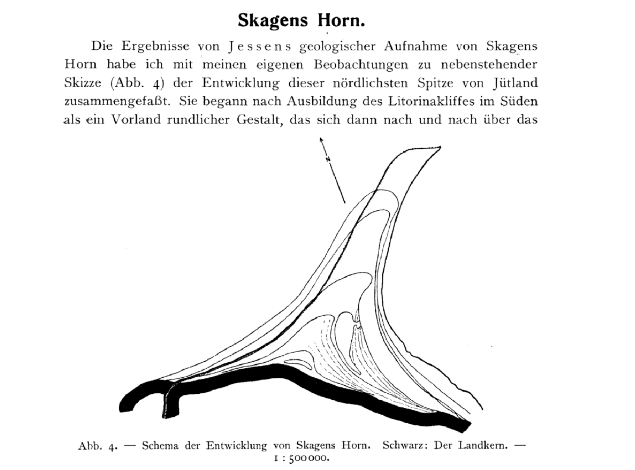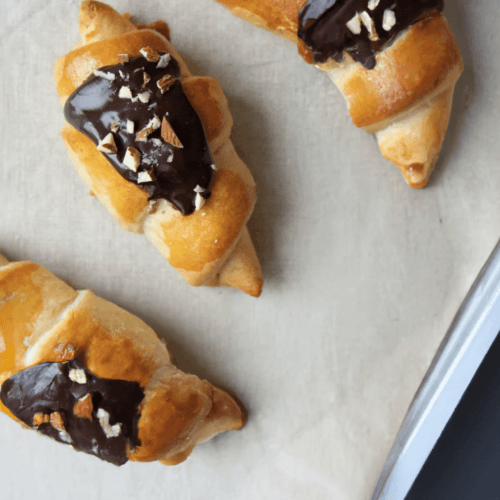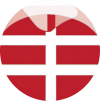I found a recipe for Skagenshorn, a pastry filled with marzipan and topped with a cocoa glaze and nuts. Skagenshorn is a true classic in all Danish bakeries.
Where does the name come from?
The name “Skagenshorn” is used for the northern tip of Denmark in Skagen, the washed up tip between the North Sea and the Baltic Sea is called Skagenshorn or Cap Skagen. Skagen is known for its beautiful scenery, its unique light conditions that have attracted many artists, and of course for its delicious baked goods.

How the pastry Skagenshorn was born
Once long ago, in the small coastal town of Skagen, there lived a baker named Nils. He was known for his delicious baked goods, which attracted people from all over the region. But Nils was not only a talented baker, he was also a dreamer and an artist. And just like the landscape painters who were attracted to Skagen’s unique light, Nils felt inspired by the raw beauty of his homeland.
One day, as Nils stood at the northern tip of Jutland, where the North Sea and the Baltic Sea meet, he became fascinated by the shape of the land. The washed-up point, known as Grenen, looked like a large, sinuous horn protruding into the sea. Nils had an idea.
He went back to his bakery and started experimenting. He rolled the dough into the shape of the horn he had seen on the coast. He filled it with marzipan, an ingredient he loved for its sweet taste and soft texture. And then he added a cocoa glaze and nuts to remind us of the sand and stones of Grenen.
The result was a pastry that looked as wonderful as it tasted. Not only that, but it was a perfect tribute to the beauty of Skagen. Nils called it the Skagenshorn.
People loved the Skagenshorn. They traveled from near and far to taste it, and soon it became a symbol of the city and its unique landscape. And so, although many years have passed since Skagenshorn was invented, it has remained a classic in all Danish bakeries to this day, reminding everyone who enjoys it of the washed-up tip of Skagen, where the North Sea and Baltic Sea meet.
Over the years, many variations have been baked and its current shape and composition has only evolved over time. The use of marzipan in the filling is typical of Danish pastries and reflects the culinary traditions of the country.
I hope this gives you a little more background on the Skagenshorn. Have fun baking!
Here are the ingredients and instructions:

Skagenshorn
Each Skagenshorn has approximately 339 calories, 13 grams of fat, 50 grams of carbohydrates, and 6 grams of protein.
I hope you enjoy baking and eating

